Japanese and Okinawan martial art
Karate (空手) (/kəˈrɑːti/; Japanese pronunciation: [kaɾate] ⓘ; Okinawan pronunciation: [kaɽati]), also karate-do (空手道, Karate-dō), is a martial art developed in the Ryukyu Kingdom. It developed from the indigenous Ryukyuan martial arts (called te (手), “hand”; tī in Okinawan) under the influence of Chinese martial arts. While modern karate is primarily a striking art that uses punches and kicks, traditional karate also employs throwing and joint locking techniques. A karate practitioner is called a karate-ka (空手家).
Beginning in the 1300s, early Chinese martial artists brought their techniques to Okinawa. Despite the Ryukyu Kingdom being turned into a puppet state by Japanese samurai in 1609 after the Invasion of Ryukyu, its cultural ties to China remained strong. Since Okinawans were banned from carrying swords under samurai rule, clandestine groups of young aristocrats created unarmed combat methods as a form of resistance, combining local and Chinese styles. This blend of martial arts became known as kara-te 唐手, which translates to “Chinese hand.” Initially, there were no uniforms, colored belts, ranking systems, or standardized styles. Training emphasized self-discipline. Many elements essential to karate were actually incorporated a century ago.
The Ryukyu Kingdom had been conquered by the Japanese Satsuma Domain and had become its vassal state since 1609, but was formally annexed to the Empire of Japan in 1879 as Okinawa Prefecture. The Ryukyuan samurai (Okinawan: samurē) who had been the bearers of karate lost their privileged position, and with it, karate was in danger of losing transmission. However, karate gradually regained popularity after 1905, when it began to be taught in schools in Okinawa. During the Taishō era (1912–1926), karate was introduced to mainland Japan by Gichin Funakoshi and Motobu Chōki. The ultranationalistic sentiment of the 1930s affected every aspect of Japanese culture. To make the imported martial art more relatable, Funakoshi incorporated elements from judo, such as the training uniforms, colored belts, and ranking systems. Karate’s popularity was initially sluggish with little exposition but when a magazine reported a story about Motobu defeating a foreign boxer in Kyoto, karate rapidly became well known throughout Japan.
In this era of escalating Japanese militarism, the name was changed from 唐手 (“Chinese hand” or “Tang hand”) to 空手 (“empty hand”) – both of which are pronounced karate in Japanese – to indicate that the Japanese wished to develop the combat form in Japanese style. After World War II, Okinawa became (1945) an important United States military site and karate became popular among servicemen stationed there. The martial arts movies of the 1960s and 1970s served to greatly increase the popularity of martial arts around the world, and English-speakers began to use the word karate in a generic way to refer to all striking-based Asian martial arts. Karate schools (dōjōs) began appearing around the world, catering to those with casual interest as well as those seeking a deeper study of the art.
Karate, like other Japanese martial arts, is considered to be not only about fighting techniques, but also about spiritual cultivation. Many karate schools and dōjōs have established rules called dōjō kun, which emphasize the perfection of character, the importance of effort, and respect for courtesy. Karate featured at the 2020 Summer Olympics after its inclusion at the Games was supported by the International Olympic Committee. Web Japan (sponsored by the Japanese Ministry of Foreign Affairs) claims that karate has 50 million practitioners worldwide, while the World Karate Federation claims there are 100 million practitioners around the world.
History
Origin
There are several theories regarding the origins of karate, but the main ones are as follows.
Theory of development from mēkata
In Okinawa there was an ancient martial dance called mēkata (舞方). The dancers danced to the accompaniment of songs and sanshin music, similar to karate kata. In the Okinawan countryside, mēkata remained until the early 20th century. There is a theory that from this mēkata with martial elements, te (Okinawan:tī, hand) was born and developed into karate. This theory is advocated by Ankō Asato and his student Gichin Funakoshi.
Theory of introduction by thirty-six families from Min
It is said that in 1392 a group of professional people known as the “Thirty-six families from Min” migrated to Kume Village (now Kume, Naha City) in Naha from Fujian Province in the Ming Dynasty at that time. They brought with them advanced learning and skills to Ryukyu, and there is a theory that Chinese kenpō, the origin of karate, was also brought to Ryukyu at this time.
There is also the “Keichō import theory,” which states that karate was brought to Ryukyu after the invasion of Ryukyu by the Satsuma Domain (Keichō 14, 1609), as well as the theory that it was introduced by Kōshōkun (Okinawan: Kūsankū) based on the description in Ōshima Writing.
Other theories
There are also other theories, such as that it developed from Okinawan sumo (shima) or that it originated from jujutsu, which had been introduced from Japan.

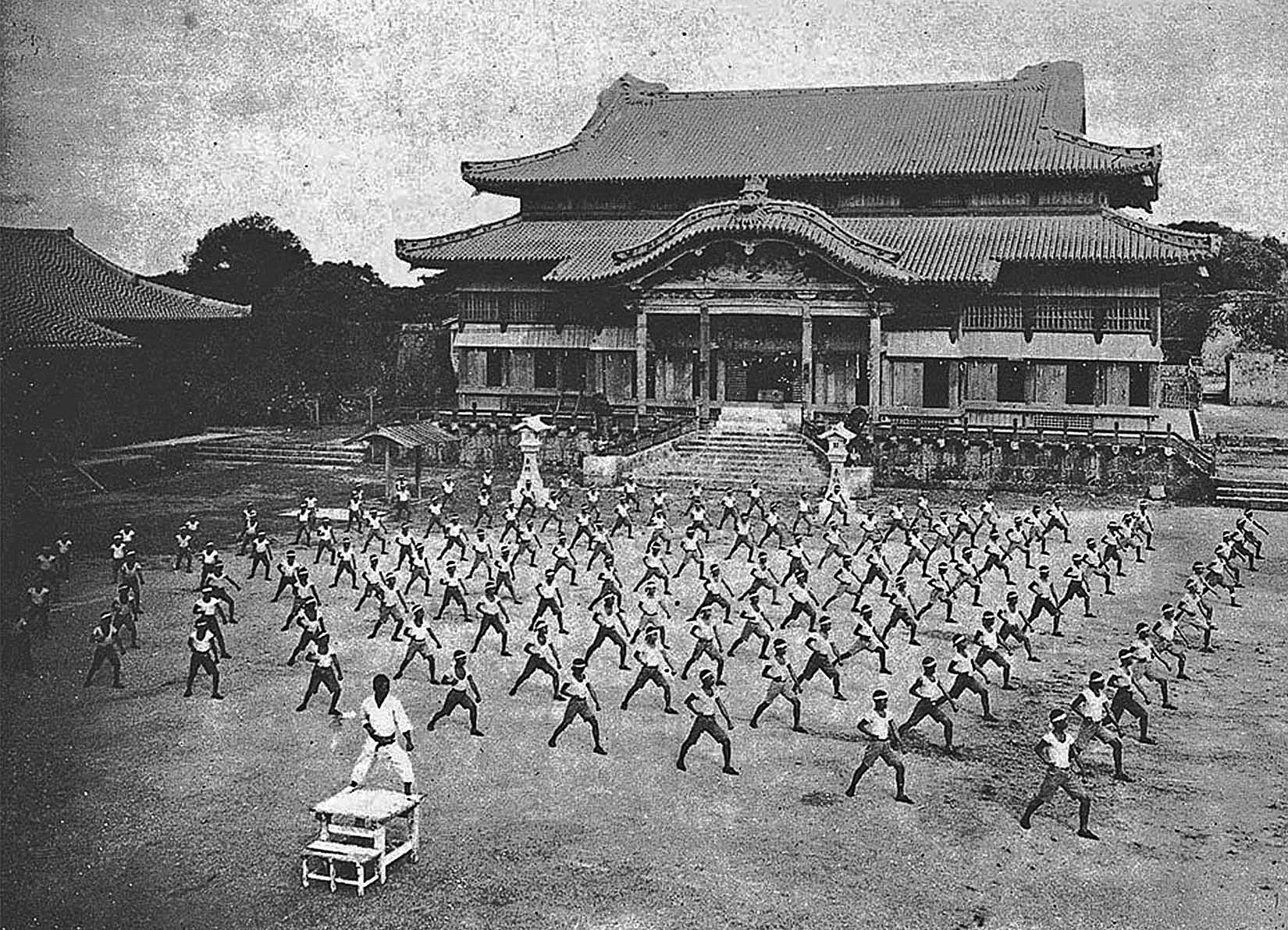
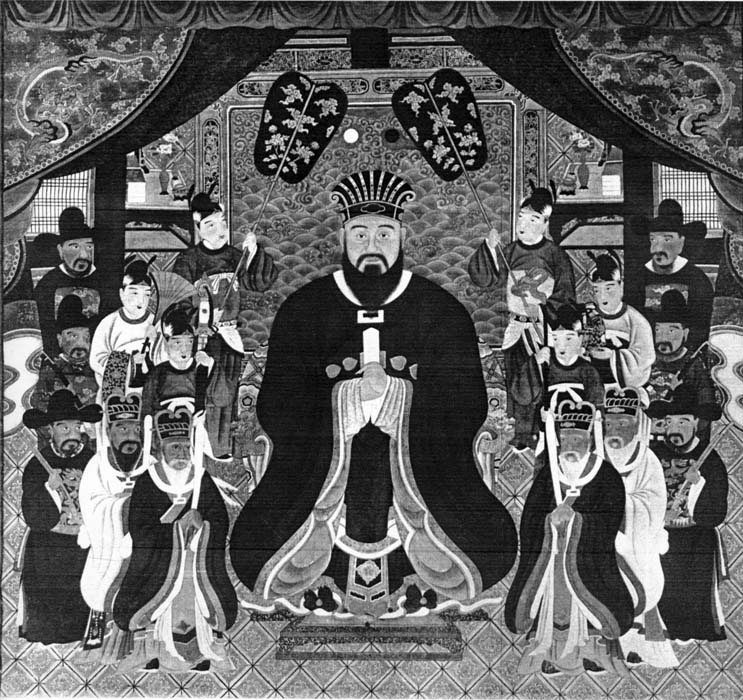
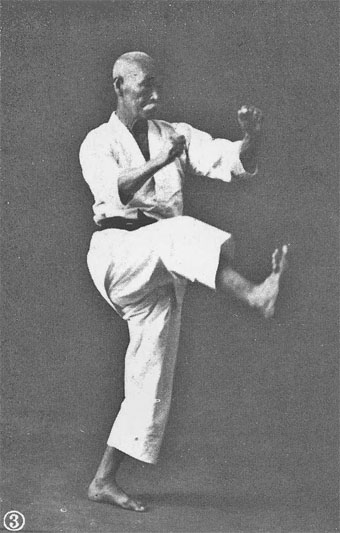
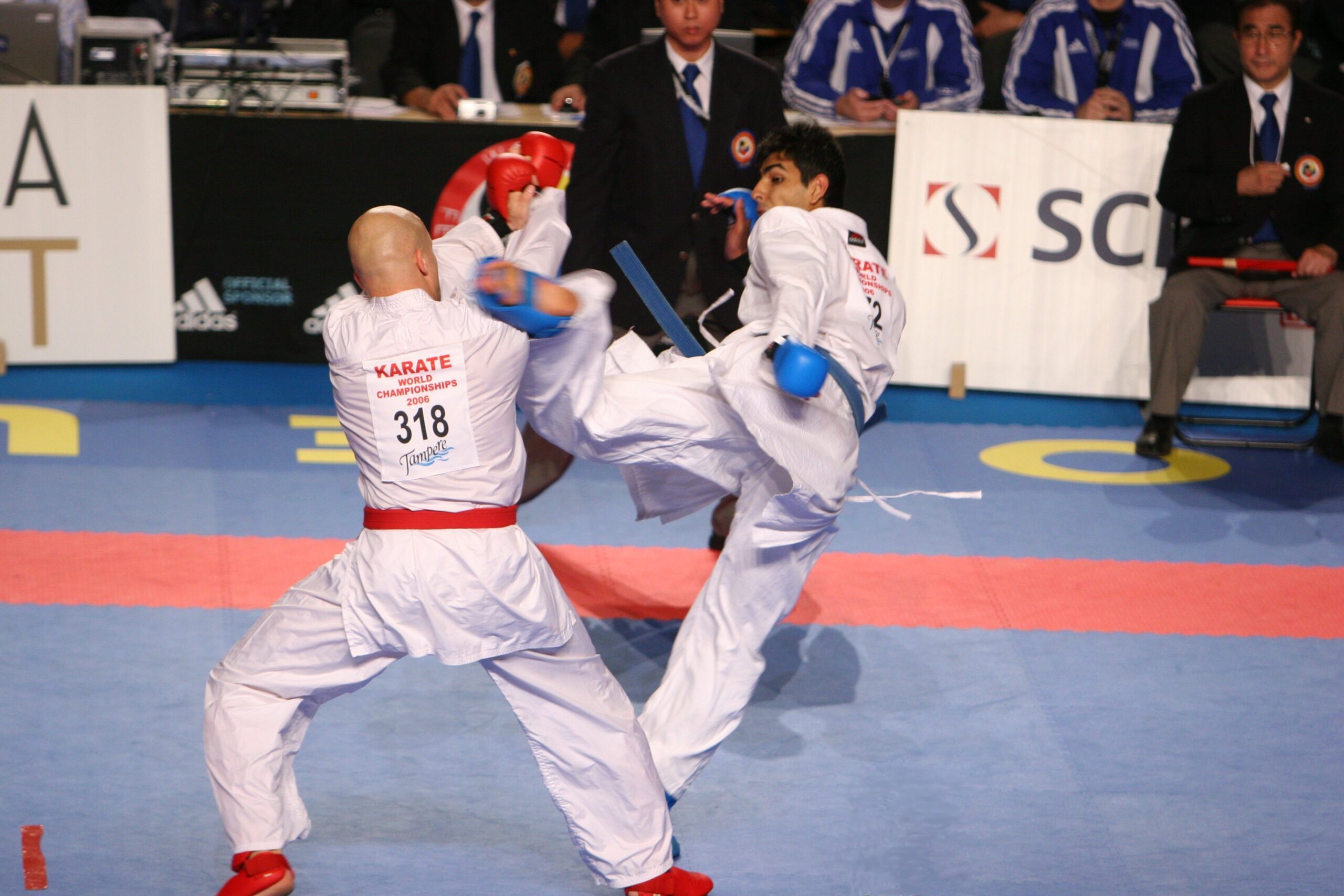
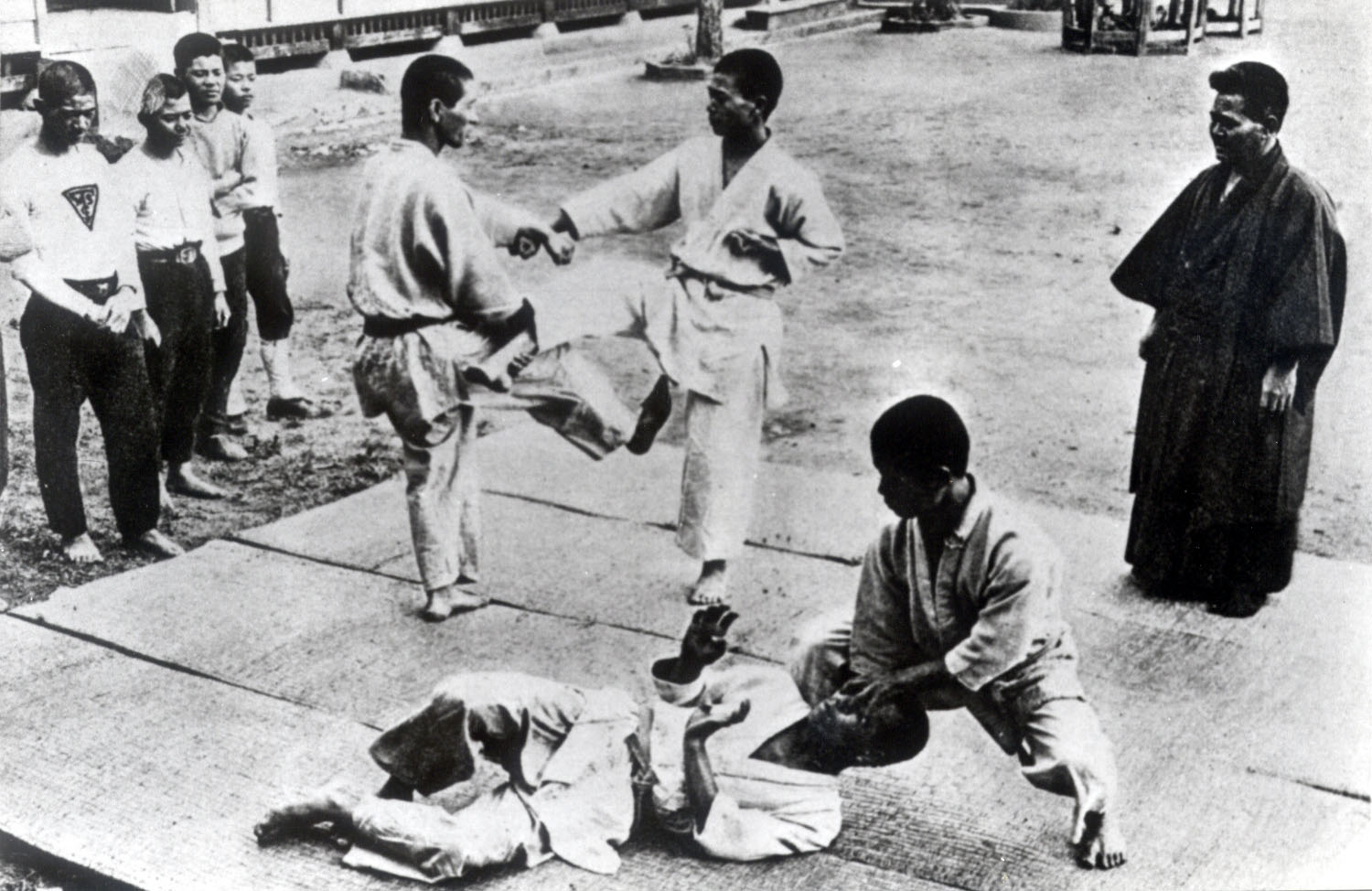
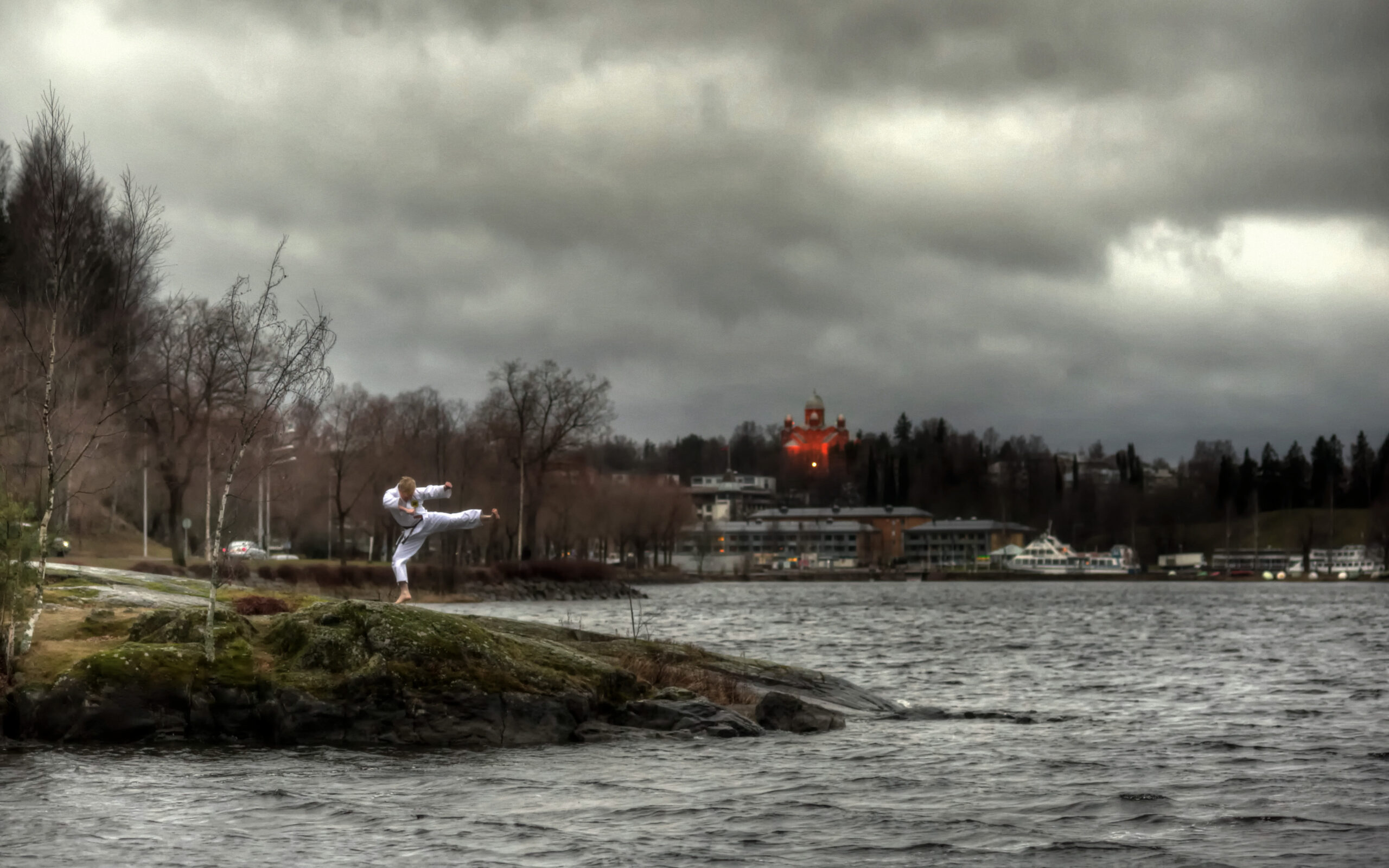
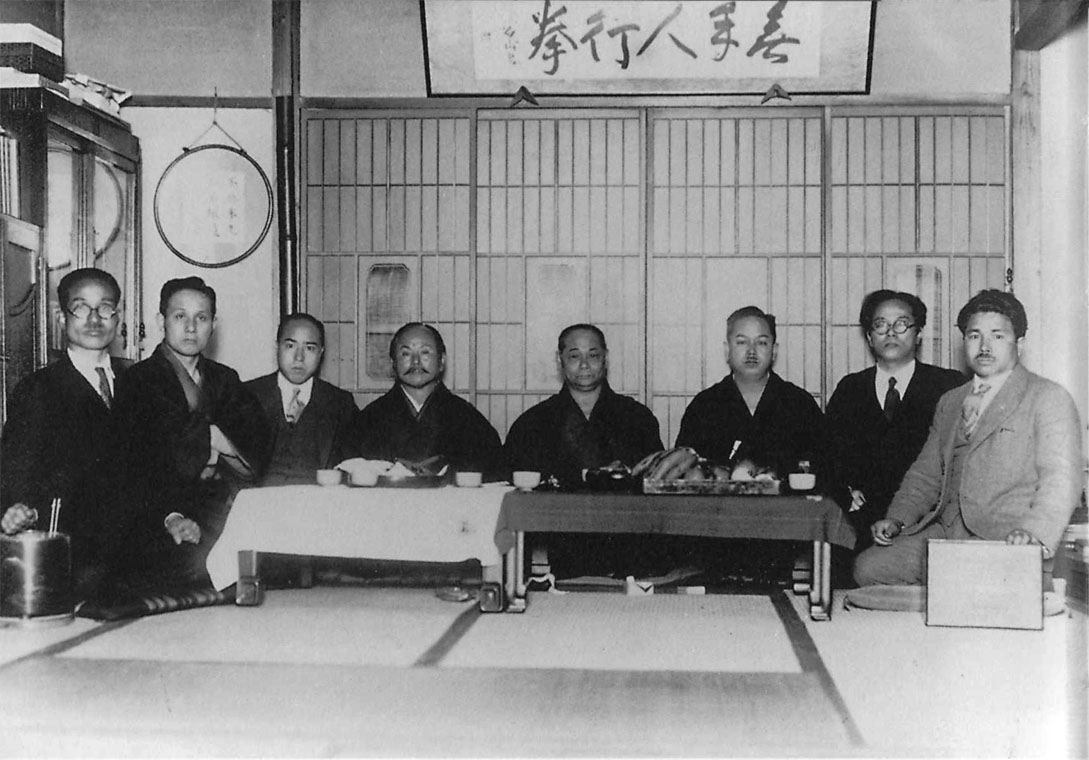
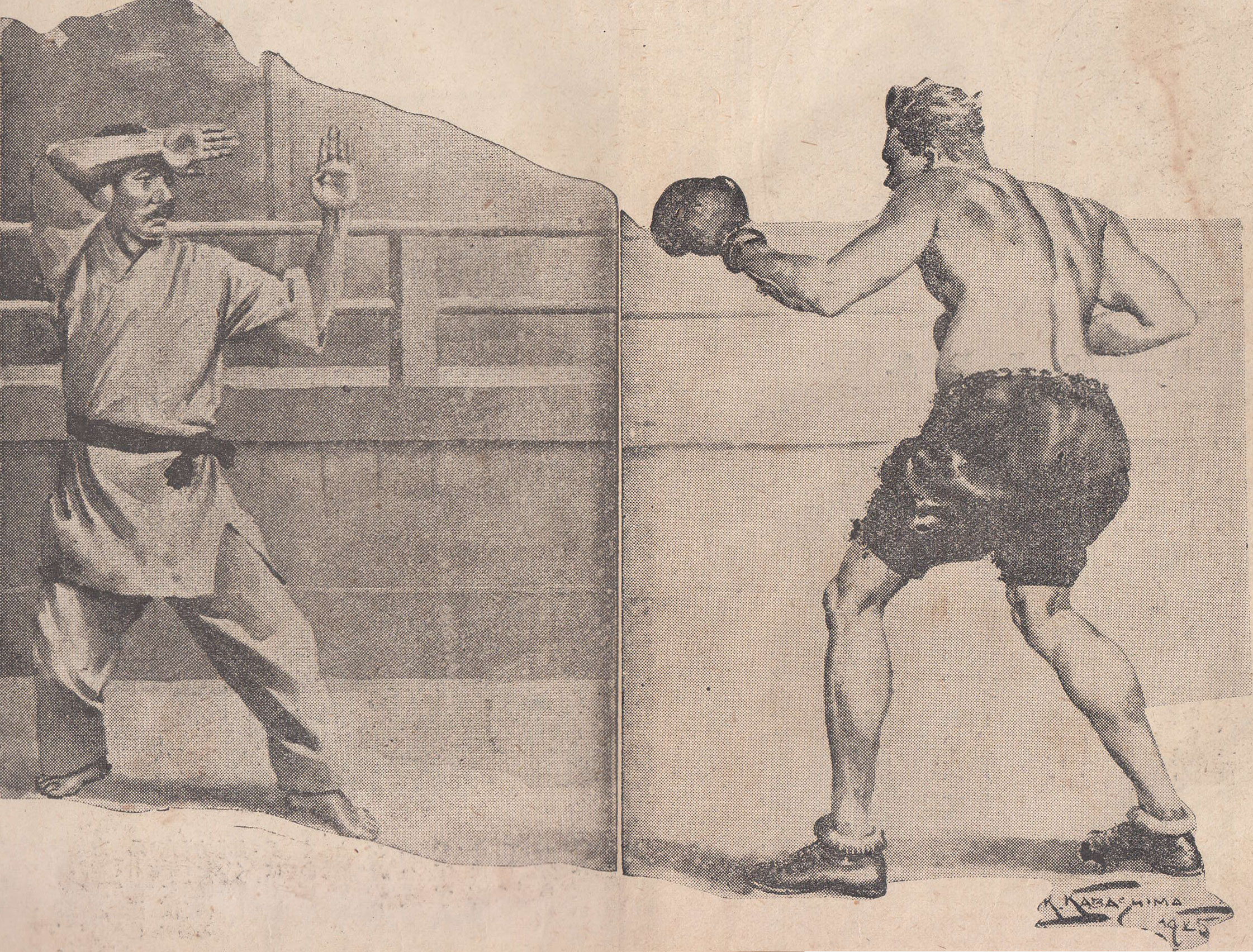
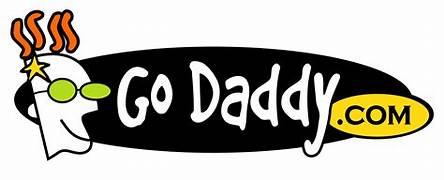



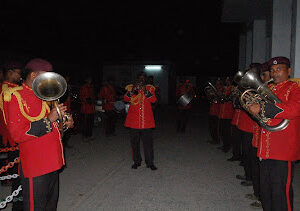


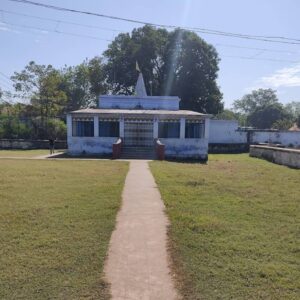



Reviews
There are no reviews yet